Fiber cutting machines often confuse procurement managers. They see many options but do not know which to choose. A wrong decision costs money, creates waste, and damages trust with clients. The right choice brings reliability and growth.
A fiber cutting machine uses a fiber laser source to cut metals with precision, speed, and efficiency. It is more reliable, cost-effective, and versatile than traditional CO₂ laser systems, especially when working with reflective metals.
Many people ask me this question: why do so many industries move from CO₂ to fiber laser systems? The short answer is simple—fiber technology changes the game. Let us break down the reasons.
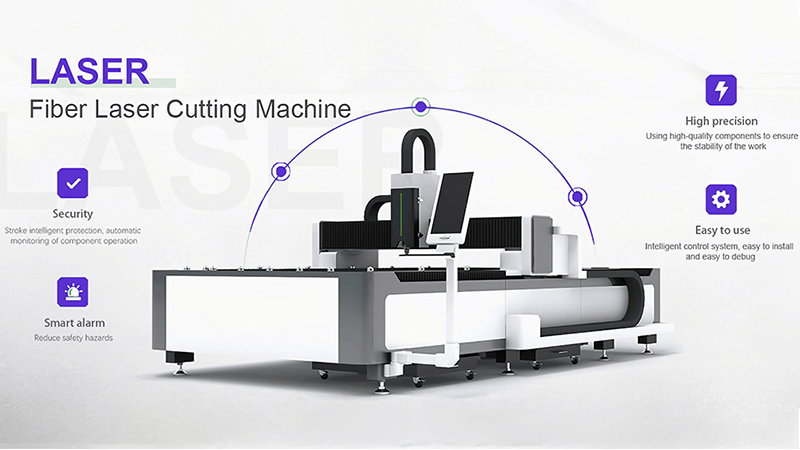
What is a fiber laser cutting machine?
Fiber laser cutting machines sound complex, but the idea is simple. They use a high-powered laser beam, transmitted through fiber optics, to cut metals and other materials. Unlike CO₂ lasers, they do not rely on mirrors or gas tubes.
A fiber laser cutting machine is a tool that directs a concentrated laser beam through optical fibers to cut metals like steel, aluminum, and copper. It offers speed, precision, and lower maintenance compared to CO₂ lasers.
Breaking Down the Basics
When I explain this to clients, I focus on three points: energy density1, precision, and efficiency. Fiber lasers deliver higher energy density, which means cleaner cuts with less heat distortion. They also have fewer parts, which reduces breakdowns and maintenance costs.
| Feature | Fiber Laser Machine | CO₂ Laser Machine |
|---|---|---|
| Energy Source | Fiber optics | Gas discharge |
| Maintenance | Low | High |
| Efficiency | High | Moderate |
| Reflective Metals | Excellent | Poor |
I once met a client who used CO₂ lasers for cutting aluminum. He faced constant issues with edges burning or reflecting the beam back into the machine. After switching to fiber technology2, the results were immediate. Cuts were smooth, and the machine never failed on reflective surfaces. This story shows why fiber machines are now the first choice in many industries.
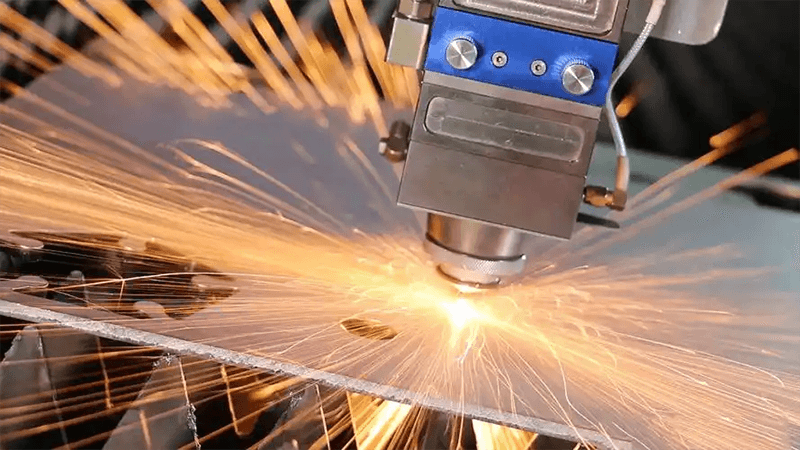
Which is better CO₂ or fiber laser cutting?
Many managers face this question during procurement. CO₂ machines are cheaper at first glance. But fiber lasers often prove better over time because they reduce hidden costs and improve production.
Fiber laser cutting is better than CO₂ because it is faster, more efficient, and better at cutting reflective metals. Fiber lasers require less maintenance and deliver lower operating costs over the machine’s lifetime.
Why Fiber Outperforms CO₂
In my own experience, CO₂ lasers had constant alignment issues. Mirrors needed cleaning, gas tubes had to be replaced, and efficiency dropped with use. Fiber systems, on the other hand, run with fewer interventions.
| Comparison Area | Fiber Laser Cutting3 | CO₂ Laser Cutting4 |
|---|---|---|
| Speed | Faster | Slower |
| Energy Efficiency | Higher | Lower |
| Reflective Metal Cutting | Excellent | Poor |
| Maintenance Costs | Low | High |
I see fiber laser cutting machines outperform CO₂ lasers in both efficiency and metal handling—since the fiber-based source delivers higher energy density, lower maintenance (no gas tubes or complex mirrors), and cleaner cuts on reflective metals like aluminum or copper. For me, the choice is clear. Fiber technology is not just an upgrade, it is a complete shift in reliability and capability.
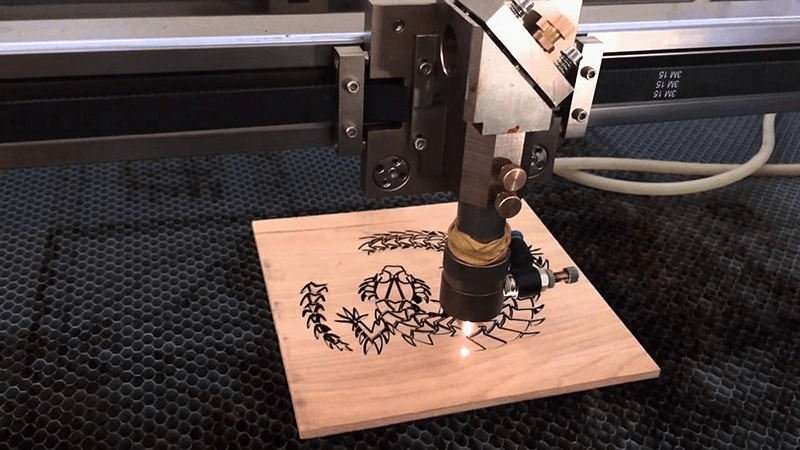
Can fiber laser engrave stones?
Some clients assume fiber lasers only cut metals. This is not true. Fiber lasers can also engrave certain stones, though the results depend on the material type and structure.
Fiber lasers can engrave some stones, such as granite and marble, but they are not suitable for softer or porous materials. They create precise patterns on hard surfaces but work best for metals.
Stone Engraving with Fiber Lasers
I once had a client ask if his fiber cutting machine could double as an engraving tool for granite signage. The answer was yes, but with limits. Fiber lasers excel on metals because of how they interact with reflective surfaces. On stones, results vary. Dense stones like granite or marble engrave well. Softer stones, however, may burn unevenly.
| Material Type | Fiber Laser5 Result |
|---|---|
| Granite | Excellent engraving |
| Marble | Good engraving |
| Soft Stone | Poor results |
| Metals | Outstanding |
Fiber engraving on stone works best for logos, patterns, or lettering. But I always remind clients that fiber machines are primarily designed for metals. If stone engraving6 is the main task, other laser systems might be more suitable. For industrial buyers, stone engraving is a bonus function, not the main feature.
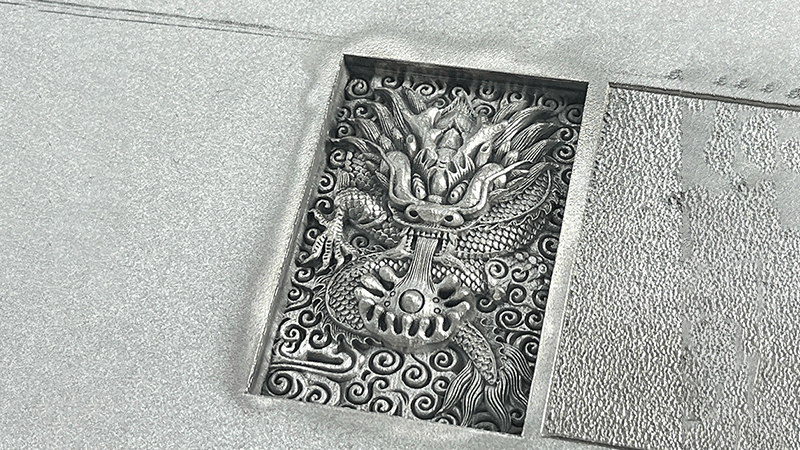
How to choose a fiber laser cutting machine?
Choosing the right machine is not simple. Many buyers get lost in technical terms and price comparisons. The right way is to match your exact production needs with machine features.
To choose a fiber laser cutting machine, buyers should consider material type, thickness, production volume, machine power, and supplier support. The right choice balances performance with cost.
A Practical Buying Guide
When clients come to Kirin Laser, I walk them through a checklist. First, we look at material type and thickness. Cutting stainless steel requires different power levels than thin aluminum sheets. Second, we match production volume with speed. A small workshop needs different specs than a mass-production plant.
| Factor | Key Question to Ask |
|---|---|
| Material Type | What metals will I cut? |
| Thickness | How thick are the sheets? |
| Power Requirement | Do I need 1kW or 6kW? |
| Production Volume | Small batch or large scale? |
| Technical Support | Does the supplier offer training? |
One client struggled cutting reflective metals with his old CO₂ laser—edges were rough and rework wasted hours. When we switched him to a fiber laser cutting machine7, suddenly stainless and copper cut like butter. His production time dropped, and the scrap rate almost vanished. That story shows the value of choosing carefully and having supplier support8.
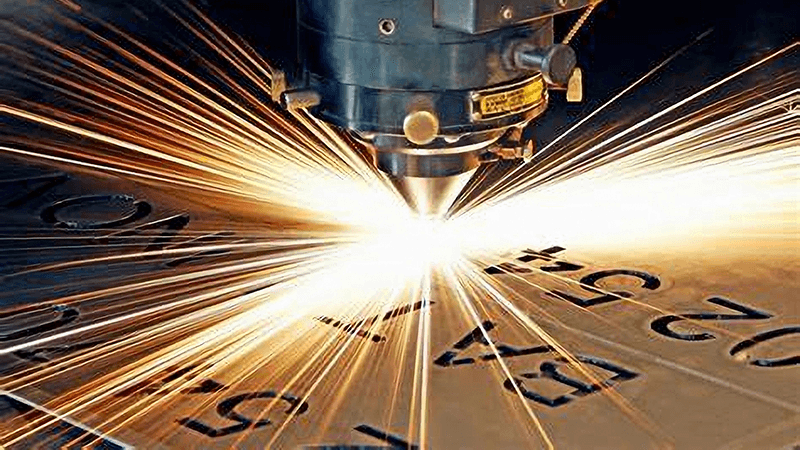
What material can a fiber laser cut?
Fiber lasers are versatile. Many people think they are only for steel, but they cut many different metals with precision. Some materials, however, remain outside their scope.
Fiber lasers can cut metals like stainless steel, carbon steel, aluminum, copper, and brass. They are less effective on non-metal materials like wood or glass.
Material Versatility of Fiber Lasers
When I explain this to clients, I make it clear: fiber lasers9 shine in metals. They handle reflective metals better than CO₂ systems. Stainless steel, aluminum, copper, and brass all cut cleanly. On the other hand, non-metals like wood, acrylic, or glass do not respond well to fiber wavelengths.
| Material | Fiber Laser Performance |
|---|---|
| Stainless Steel | Excellent |
| Carbon Steel | Excellent |
| Aluminum | Excellent |
| Copper | Excellent |
| Brass | Excellent |
| Wood/Acrylic/Glass | Poor |
For industrial buyers, this versatility is a major advantage. Instead of buying multiple machines, they can use one fiber system10 for a wide range of metals. I have seen workshops replace three old machines with one fiber laser. The result was less floor space used, lower costs, and higher efficiency.

Conclusion
Fiber laser cutting machines11 are the future of industrial cutting. They outperform CO₂ systems, cut reflective metals with ease, and reduce maintenance costs. They also offer limited stone engraving and strong versatility with metals. At Kirin Laser, we believe choosing the right machine means focusing on material needs, production goals, and supplier support. For buyers, fiber technology is not just another option—it is the smarter, faster, and more reliable path forward.
-
Understanding energy density is crucial for optimizing laser cutting processes and achieving superior results. ↩
-
Exploring fiber technology can reveal its advantages over traditional methods, enhancing your cutting efficiency and quality. ↩
-
Discover the benefits of Fiber Laser Cutting, including speed and efficiency, which can revolutionize your manufacturing process. ↩
-
Learn about the drawbacks of CO₂ Laser Cutting, including maintenance issues and efficiency, to make informed decisions. ↩
-
Discover why fiber lasers are preferred for engraving metals and how they perform on different materials like granite and marble. ↩
-
Learn about the techniques and technologies behind stone engraving to enhance your knowledge and skills in this area. ↩
-
Explore the advantages of fiber laser cutting machines for improved efficiency and quality in metal cutting. ↩
-
Understanding the role of supplier support can enhance your cutting operations and reduce downtime. ↩
-
Explore this link to understand how fiber lasers can enhance efficiency and versatility in various industrial settings. ↩
-
Discover how fiber laser systems can streamline operations, reduce costs, and enhance efficiency in metal processing industries. ↩
-
Find the best laser cutting machine and laser cutting solutions from Kirin Laser, clicking this link to get all your needs. ↩





